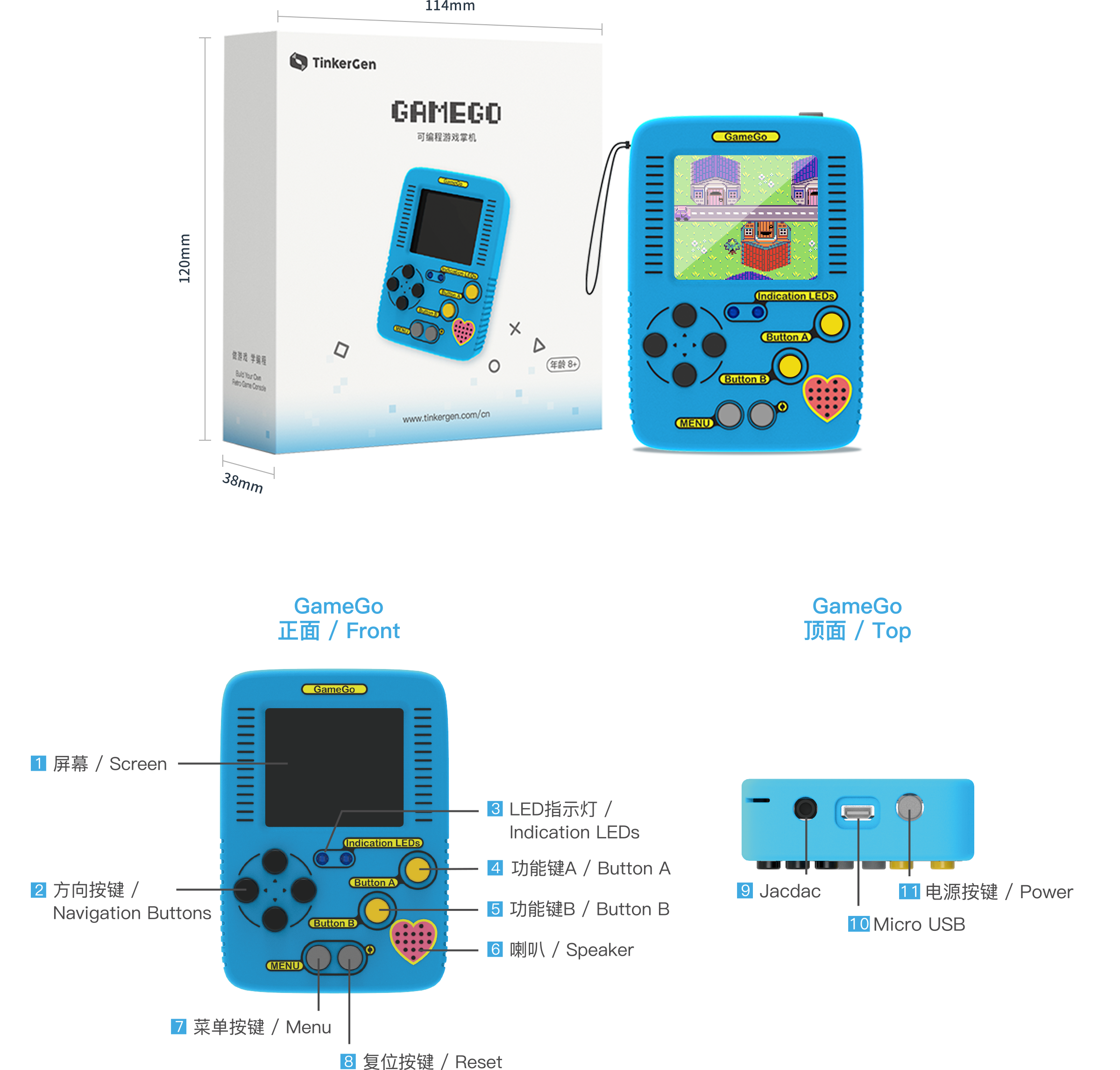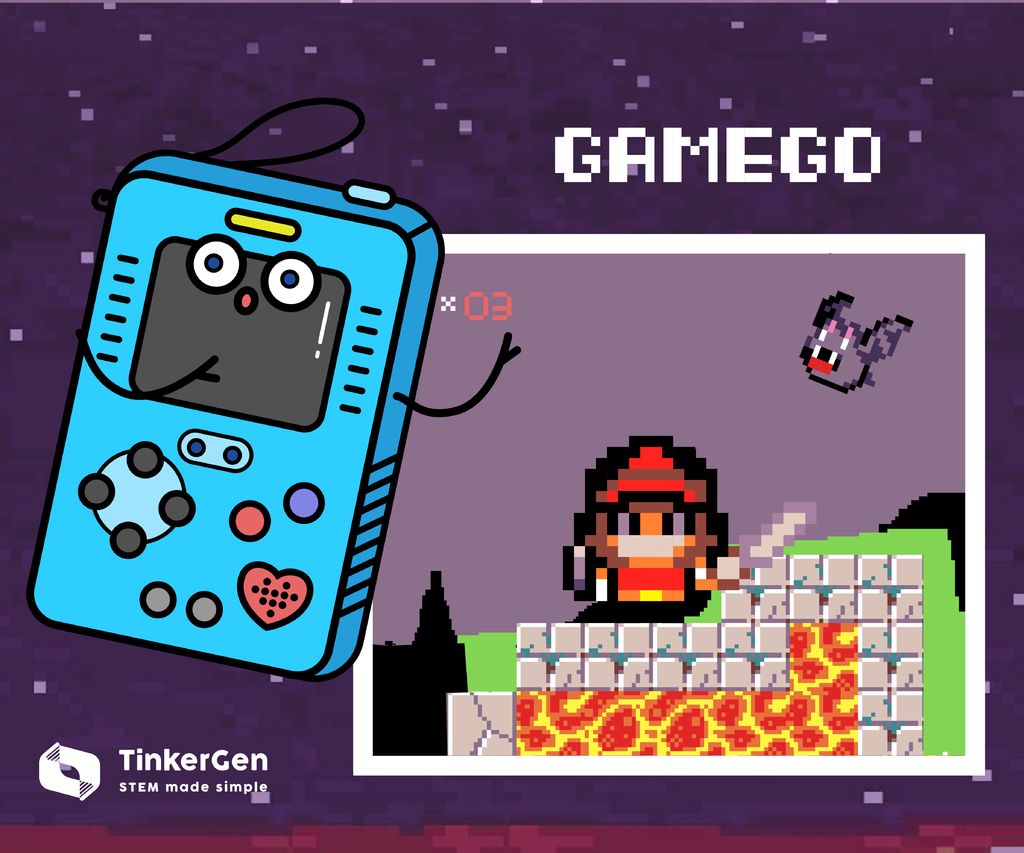You’re on the bleeding edge of educational technology.
Technology that offers experiences to put learners in the box-seat of creation. Sure playing games as a consumer is fun, but what about making those games?
That shifts you into creator mode, but making games can be hard.
They can be.
But not when mixed with Makecode Arcade. But you know all this. What’s missing is the Makecode Arcade hardware to control your game.
Existing creators scroll down, and you’ll find 5 Makecode Arcade hardware controllers for your game.
Otherwise, if you’re wondering what Makecode Arcade is. Read on. We’ll stop there first.

What is Makecode Arcade and How Do You Use It?
Makecode is Microsoft’s solution to create an engaging progression path into computer science. It’s a free and open-source platform that supports multiple programming languages.
Think of the word arcade in that context. Does your mind cast back to those retro games of the 80s?
Take these two ideas and combine them for Makecode Arcade. It’s a web-based and beginner-friendly code editor that allows creators to build retro style arcade games.
Which Programming Languages Does Makecode Arcade Support?
Makecode arcade supports two languages: Blocks and Javascript. Well, actually Typescript, but that’s basically an optimised Javascript.
Recall that a block-based language allows users to connect code blocks as if they were puzzle pieces.
Javascript is a text-based language that is ubiquitous around web development.
What Can You Do With Microsoft Arcade?
Below is a list of Microsoft Arcade features
- Sprite physics, effects, collisions, animations and lifetime management;
- Controllers, both single-player and multi-player;
- Music, 4-channel sound, different waveforms and envelopes; no samples;
- Game updates, prompts and dialogs;
- Scene definition, tilemaps, collisions and camera position.
5 Boards and Consoles that Support Makecode Arcade Hardware

Parents and teachers of today’s students will be flooded with nostalgia when they glance at TinkerGen’s GameGo.
It resembles Nintendo’s GameBoy and uses an built-in lithium power supply to charge your gaming experience.
The display is a 1.8 inches 160x128 color TFT screen, which is just a variation of an LCS screen. It’s a no fuss solution that hides the detail so that you can focus on game development.
Kittenbot’s credit-card sized Meowbit is perfect for student hands.
Fans of BBC’s micro:bit will recognise the pinboard at the base of the console. This allows for the Meowbit to be extended and even includes development for Python via micropython.
The Meowbit also includes sensors for light and temperature and even has a multiplayer connector.
Adafruit Pybadge Family
The next devices are engineered by Adafruit and are similar. Splitting the difference is a matter of your budget and needs.
The Adafruit options include PyGamer, PyBadge and PyBadge LC. Let’s start with what’s common with each device.
All boards run Arduino, CircuitPython and Makecode Arcade, which offers great flexibility. Each controller has displays, 4 buttons and a way to control direction. For more detail on the technical differences, check out the description on the Adafruit PyBadge LC product page.
Okay, so what sets them apart?

The Adafruit PyGamer is the version that’s premium and is the most expensive out of the three. It has a joystick instead of the D-Pad buttons, which is easier for gaming.
It has a stereo headphone jack and a connector for a loudspeaker. It also contains an SD card slot to store your games.

The PyBadge (pictured above) is the middle of the range controller while the PyBadge LC is a lite version.
The PyBadge has a connector for a loudspeaker like the PyGamer. It also has an accelerometer as well as STEMMA connectors for quick hardware additions.
Lastly, the PyBadge has a Feather Header on the back.
The PyBadge LC (pictured below) does not have any of these features. Though, it’s the cheapest way to get started.
PyBadge LC
Once you’ve secured your controller. You’ll need to make a game for it. A tutorial will come in handy for this.
Where To Find A Makecode Arcade Tutorial For Your Console

Tutorials for Makecode Arcade are varied. Some are skewed towards the game development side of Arcade. Some focus on the hardware while most do both.
The obvious first place to test out Makecode Arcade is to head over to the website (pictured above).
The tutorials are text-based guides with loads of images to show how to code the games.
Adafruit also has a guide that walks would-be gamers through coding a retro game on its consoles.
For those interested in GameGo, TinkerGen has released a beginner and intermediate programming course. The courses are FREE , so be sure to sign up quickly.
Each GameGo course uses a combination of slide walkthroughs and videos to deliver the content.
Use Makecode Arcade Forum To Troubleshoot Makecode Arcade

Learning to code is a wonderful experience. It’s wonderful because you never usually get things right the first time. You have to make a prediction, write some code and test it. You get immediate feedback. But what do you do when you’re stuck?
At that point, it’s useful to reach out to the community for support. Check out the links below for various forums and channels to post your questions.
- Microsoft MakeCode Arcade Forum
- Adafruit MakeCode Forum
- Microsoft MakeCode Arcade Discord — look for the #arcade channel
- Adafruit MakeCode Discord — look for the #makecode channe
Go Explore Makecode Arcade With Controllers
You entered this article with curiosity around the 5 controllers that you can use with Makecode Arcade. You can’t go wrong with any of them to get your Makecode Arcade games on a console.
You just need to ask yourself if you want the ability to extend your controller in the future. If your answer is a yes, then you’ll want to consider the Adafruit offerings.
Otherwise, choose the one that looks the snazziest and get creating.
